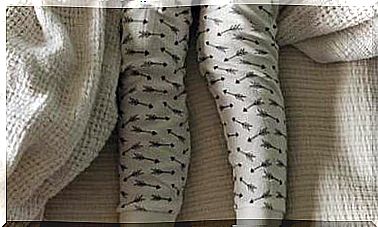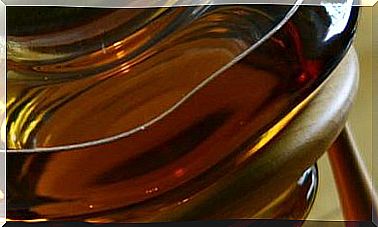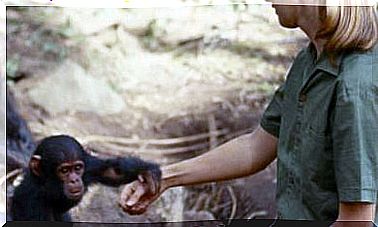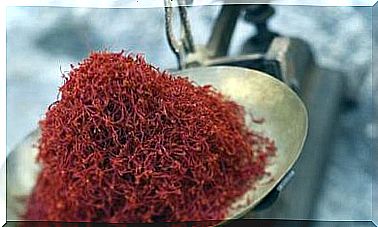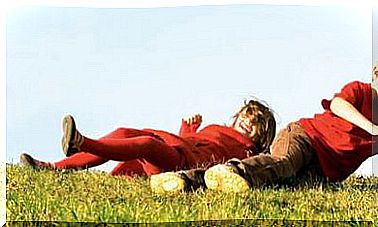Regenerative Microorganisms: An Ecological Revolution That Begins In Your Home
Our well-being and that of the planet are inextricably linked; caring for one means caring for both. Being respectful with nature we can live a new stage of fullness.
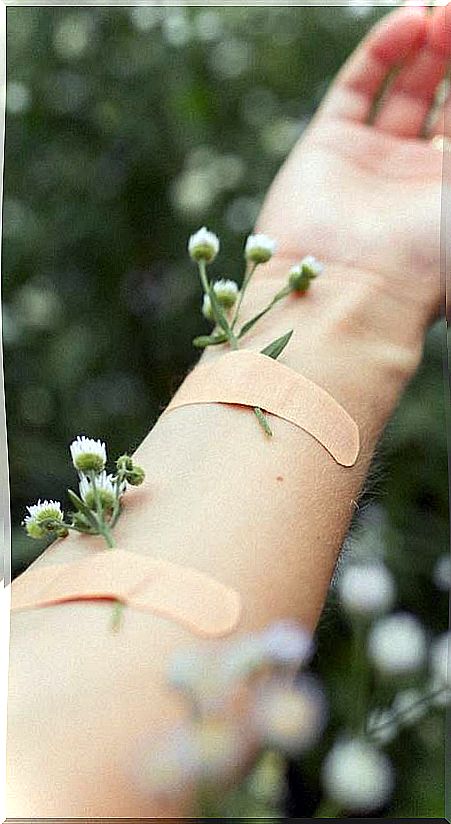
Could we stop breathing for more than a few minutes? Could we feed ourselves without the fruits that the earth offers us? Would we have the same quality of life living next to an industrial estate full of polluting factories as in a small town in the mountains or by the sea?
The answer to all these questions, negative, is telling us that human health is rooted in that of the planet and that of all its inhabitants.
The interdependence of ecosystems
An old Indian chief put it this way: “The sap that circulates through the veins of the trees carries with it the memories of the Reds.” Modern environmentalism calls it “interdependence”, wanting to express that everything – living beings and environment – is interconnected through a complex network that defines and conditions us.
Looking at it from our human perspective, this network extends downward and upward, that is, we are part of an ecosystem, but we are also an ecosystem.
- If we look outwards, upwards, we will see ourselves as part of a multitude of living beings that make up Gaia, Mother Earth, the planetary ecosystem.
- If we look inward, downward, we will see another multitude of living entities that make us up: cells and microorganisms coexisting in symbiosis.
The Kybalion, the book that collects the teachings of Hermetic philosophy, says: “As above, so below; as it is below, it is above ”.
Within this macro ecosystem, humans live alongside other living beings, among which the microorganisms that connect the organic and inorganic worlds also have a determining role, making life possible.
The bacteria purify water, recycled waste products and toxic substances and regenerate soil ecosystems marine and land, permit the use of nitrogen by plants. In fact, all gases in the atmosphere are produced by the metabolism of different types of bacteria.
As for viruses, their number is even greater than that of bacteria. According to the biologist Máximo Sandín, they have played a key role in the transfer of genetic information between species throughout evolution. Currently, for example, they are responsible for maintaining the balance between different species of marine plankton and, therefore, of the food chain.
Possibly they perform a similar function in terrestrial soils, in which they join a multitude of other small living things: earthworms, termites, ants and plant roots that produce biogenic structures, that is, resources for other living beings.
The urgency to reverse the impact on the planet
In this complex interconnected relationship, environmental conditions influence our health, but, in turn, our behavior determines the health of the planet.
We have been testing the Earth for too many years with pesticides, hydrocarbons, heavy metals, electromagnetic pollution, noise, radioactivity, nanoparticles, transgenic crops, accelerated industrialization …
Human action has led to the disappearance of traditional crops, the destruction of cultures and habitats, the shrinking of ice sheets, floods, hurricanes, rising sea levels, advancing desertification, loss of biological diversity, famines, inequality , wars. ..
It is what the Hindu scriptures call the Kali Yuga , a period of darkness that must be filled before giving way to a rebirth of light. The manifesto Last Call already warned about “the perverse dynamics of a civilization that if it does not grow, does not work; and if it grows, it destroys the natural bases that make it possible ”.
Indeed, the ecological crisis “determines all aspects of society”, a society that must radically change its ways of life, production and consumption, the territorial organization and the design of cities, but, above all, the values that govern our way of life.
This was discussed at the World People’s Conference on Climate Change and the Rights of Mother Earth held in 2010, during which the creation of a climate justice court and the overcoming of a system that creates inequalities and ecological imbalances that threaten the planet. Perhaps that was the first time that at an international summit the rights of the Earth had been prioritized.
Fortunately , Gaia’s ability to cleanse herself, heal herself, restore connections, heal the wounds we inflict upon her, and resume energy flows is much greater than we suspect.
Since the German philosopher and naturalist Ernst Haeckel proposed the term ecology in 1869 , many researchers in different fields of knowledge have been helping us to recover the ancestral wisdom of the peoples connected with Mother Earth:
- Kropotkin and his philosophy of mutual support ;
- Murray Bookchin and the concept of social ecology, which proposes new social relationships that integrate humanity into the ecosystem through a dynamic balance;
- Lynn Margulis and his theory of endosymbiosis –bacterial origin of our cells–, an author who, together with James Lovelock, also proposed the idea of the planet as a living being.
- Wilhelm Reich’s works on the cosmic vital energy in which the Earth is immersed, like the rest of the planets, stars and galaxies; that ocean that envelops and nourishes us is also the support of vital processes subjected to constant pulsation. And this pulsation, this flow that constitutes the secret of life, occurs in a microscopic amoeba and in the formation of hurricanes and tornadoes.
A micro revolution that you can start at home
Closer authors, such as Arne Naess, Humberto Maturana or Fritjof Capra have gone far beyond mere concern for the environment, making radical proposals on growth, consumption and ways of life that respect nature.
The mixture of regenerative microorganisms (EM) created by Dr. Higa has applications in the environment and daily activities.
The work of the Japanese Teruo Higa, who in 1981 developed a mixture of microorganisms – lactic acid bacteria, yeasts, fungi, photosynthetic bacteria and actinomycetes – stands out due to its special relevance and relevance, which he called EM, for Effective Microorganisms.
These microorganisms have shown surprising regenerative properties at many levels, such as pest control, recycling organic waste, regeneration of soils or decontamination of rivers, lakes, seas and oceans. It also has medical applications and an endless list of household uses.
- Revitalize the water. Ceramic containers with built-in microorganisms clean it, decrease the amount of chlorine and reduce oxidation. Rings and tubes made of this material improve the quality of the water in tanks, fish tanks and swimming pools.
- Recycle waste. With the installation of a Bokashi bucket in the kitchen, waste is transformed into fermented food for plants and animals and into liquid for cleaning the drains in the house.
- Take care of cleanliness. Pool chlorine and cleaning chemicals can be substituted for EM products.
- Eliminate bad odors. Spraying with a solution of 30 cc of EM per liter of water, including places where pets are used, prevents odors and contributes to the health of dogs, cats and other domestic animals.
- Protect yourself from toxins. Mixing the paint with EM prevents toxic fumes from materials present in plywood, wallpaper, parquet glues and other materials.
- Conserve the land. In rural areas, they can be used to clean tanks, ponds, septic tanks or pipes; as fertilizers and pesticides, or for the regeneration of burned areas.
